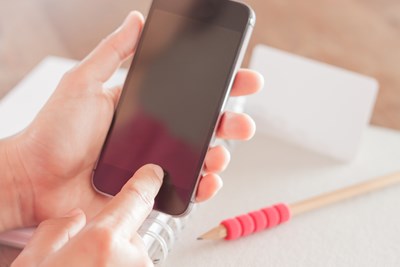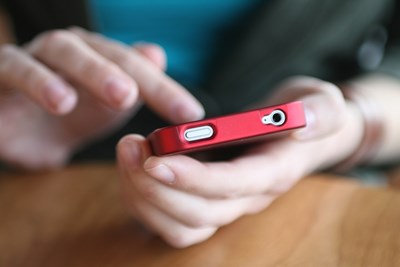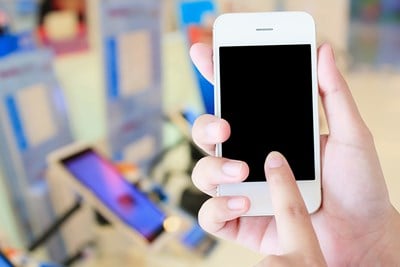Losing your mobile phone can make you feel naked and vulnerable. Not only is your method of communication gone, someone may have access to your personal and financial information. If you’re like me, you freak out immediately, but try to remain calm. Here is the how to track your lost cell phone.
Today, most cell phones come with built-in GPS. By default, the GPS on a phone is always on. Many people like to turn it off to extend their phone’s battery life and avoid having their every movement tracked. You can easily turn off the GPS on an Android by pulling down the drop-down menu and turning off the GPS feature. For iPhones, just go into settings, tap “Privacy,” and disable GPS under “Location Services.”
Turning off your GPS can be a problem when it comes time for you to find your phone. You can't find your mobile phone if you have the GPS turned off, and you cannot turn it on without having the phone. If you frequently lose your device, you should consider keeping the GPS on.
Find your Android with Google Android Device Manager
If you’ve lost your Android device, Google allows you to find your phone without hassle. Most Android devices require you to sign up for a Google account. Your email address is essential to finding your mobile phone—without it, you’ll have to contact your service provider. Click on the link above and type in the email address you’ve linked to the phone. This email can be either what you used to sign up for Google Play or an email that you have linked through the Gmail app. Once you input your information, you can find your device if you have GPS enabled.
The website immediately begins searching for your phone after you log in and can find it within a 15–20-meter distance. At this point, it’s up to you what you want to do with your device. If it’s nearby, you can have the phone ring even if the device is silenced. You can also choose to lock the phone, which overwrites your current passcode with a new one. Lastly, you can choose to completely erase the phone.
Erasing your phone is no joke. Don’t erase your phone unless you are absolutely sure your device is in someone else’s hands. Your information will be lost forever. However, erasing your info is a good way to clear any sensitive content that may be on your phone and protect your identity when it’s in the hands of a thief.
Find your iPhone with iCloud
Similar to using your Gmail account, iCloud allows you to find your cell phone with your login information. If your iPhone, iPad, iPod, or Mac is lost or stolen, you can use this website to locate your device quickly and without issue. Like Androids, you must have GPS turned on to use this service.
Input your login information, and iCloud allows you to choose which service you need to locate your device. If it’s nearby, you can have the mobile device ring—even if it’s silenced—and within two minutes, you should hear your phone make a noise.
If you still can’t locate your phone, you can select “Lost Mode.” Lost Mode allows you to lock your device. This mode changes your current passcode to a new one and keeps anyone from unauthorized usage. This method also requires that your GPS be turned on.
As a last ditch effort, you can erase your Apple device’s memory. Do not erase the memory unless you are 100% sure the device is stolen. If you wipe your phone’s memory, you cannot get it back. Everything will be gone, and you’ll have to start from scratch. However, erasing the memory can be essential to saving the identity and financial information that may be on your phone.
If All Else Fails
If you cannot use these websites to locate your phone, and you are sure that it is stolen, contact your mobile phone carrier. Contacting your carrier allows you to do most of the things that these two websites enable and more. Not only can most carriers erase your phone's memory, but they may also suspend the phone to avoid any unauthorized usage or charges.



